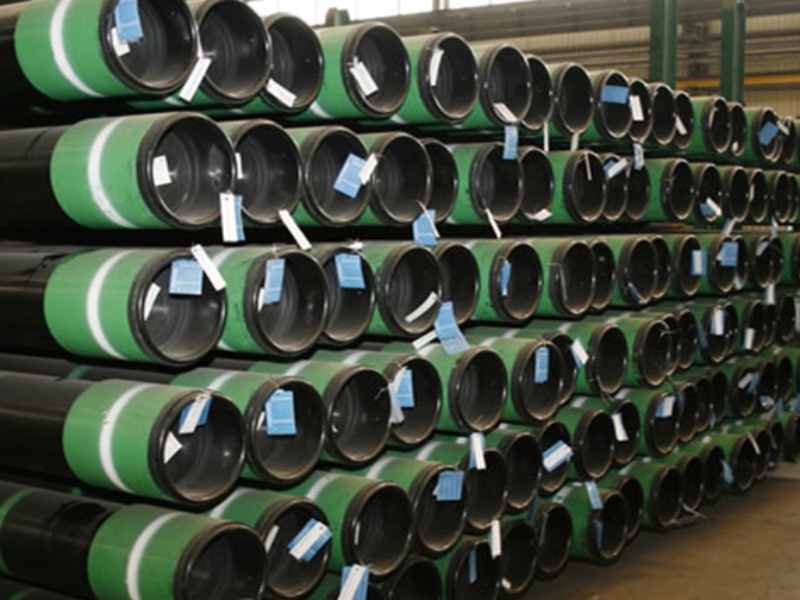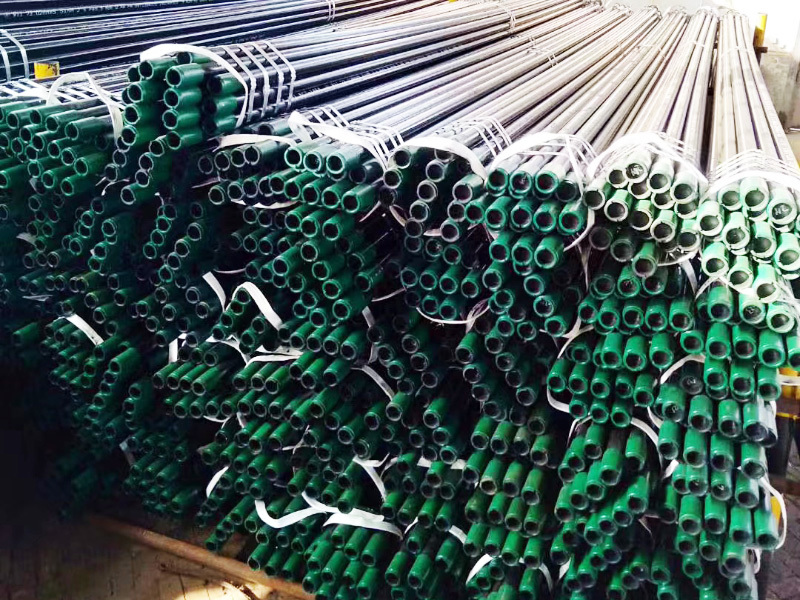Leading Smls Pipe and fittings supplier from China since 1991
Understanding the Role of RF Flanges in Modern Construction
Understanding the Role of RF Flanges in Modern Construction Table of Contents Introduction to RF Flanges What Are RF Flanges? Importance of RF Flanges in Construction Design Advantages of RF Flanges Applications of RF Flanges in Various Industries Installation and Maintenance of RF Flanges Challenges in Using RF Flanges Future Trends in RF Flange Technology Con
Aug 10,2025

Understanding the Role of RF Flanges in Modern Construction
Table of Contents
- Introduction to RF Flanges
- What Are RF Flanges?
- Importance of RF Flanges in Construction
- Design Advantages of RF Flanges
- Applications of RF Flanges in Various Industries
- Installation and Maintenance of RF Flanges
- Challenges in Using RF Flanges
- Future Trends in RF Flange Technology
- Conclusion
- Frequently Asked Questions
Introduction to RF Flanges
RF flanges, or raised face flanges, are crucial components in modern construction that enhance the integrity and reliability of piping systems. They are primarily used in high-pressure applications and provide a secure means of sealing connections in various industries, including oil and gas, chemical processing, and water treatment. Understanding RF flanges helps us appreciate their role not only in construction but also in ensuring safety and efficiency in fluid transport systems.
What Are RF Flanges?
RF flanges are characterized by their raised surface, which creates a more effective sealing surface when mated with a gasket. This design minimizes the risk of leaks in piping systems, especially under high-pressure conditions. Commonly manufactured from materials such as stainless steel, carbon steel, and alloyed metals, RF flanges come in various sizes and pressure ratings, making them versatile for different applications.
Key Features of RF Flanges
- **Raised Face**: The prominent feature that enables better sealing performance.
- **Material Variety**: Available in multiple materials tailored to withstand various environmental conditions.
- **Standardization**: Manufactured according to industry standards like ASME and ANSI, ensuring compatibility across different systems.
Importance of RF Flanges in Construction
RF flanges are essential in the construction industry due to their robustness and reliability. They are integral in connecting pipes, valves, pumps, and other equipment, providing a leak-proof seal under varying operational pressures. The significance of RF flanges can be highlighted in several key areas:
Safety and Reliability
In high-pressure applications, the failure of a flange connection can lead to catastrophic events, including leaks and explosions. RF flanges are designed to provide a secure and durable connection, thereby enhancing the overall safety of the construction project.
Cost-Effectiveness
Utilizing RF flanges can significantly reduce maintenance costs associated with leaks and system failures. Their durability leads to longer-lasting installations, minimizing the need for frequent replacements.
Design Advantages of RF Flanges
The design of RF flanges offers multiple advantages that contribute to their widespread use in various sectors.
Enhanced Sealing Ability
The raised face of RF flanges ensures a larger contact area for gaskets, which improves the sealing capability and reduces the risk of leakage.
Ease of Installation
RF flanges are typically easier to install compared to other flange types. Their design facilitates alignment and provides better support during assembly.
Versatility
Available in numerous configurations, RF flanges can accommodate different types of piping systems, making them suitable for a wide range of applications.
Applications of RF Flanges in Various Industries
RF flanges find usage in multiple industries due to their reliable performance under extreme conditions.
Oil and Gas Industry
In the oil and gas sector, RF flanges are vital for pipeline integrity. They withstand high pressures and temperatures, ensuring safe transportation of fluids.
Chemical Processing
The chemical industry often utilizes RF flanges to manage corrosive substances. The choice of materials allows for the safe transfer of chemicals without the risk of system failure.
Water Treatment Facilities
In water treatment plants, RF flanges connect various components of the system, contributing to efficient water management and distribution.
Power Generation
RF flanges play a critical role in power generation plants, where they are used in steam and cooling systems. Their reliability ensures optimal system performance and minimizes downtime.
Installation and Maintenance of RF Flanges
Proper installation and maintenance of RF flanges are crucial for their effective performance.
Installation Guidelines
- **Surface Preparation**: Ensure that both the flange and gasket surfaces are clean and free from debris.
- **Alignment**: Align the flanges accurately to prevent stress concentrations that could lead to failure.
- **Torque Specifications**: Follow the manufacturer’s torque specifications during installation to achieve a proper seal.
Maintenance Practices
Regular inspection and maintenance are vital to ensure the longevity of RF flanges:
- **Leak Detection**: Implement routine checks for leaks, especially in high-pressure applications.
- **Visual Inspections**: Conduct visual inspections for wear and tear, corrosion, or deformation.
- **Replacement Protocols**: Establish guidelines for gasket replacement to maintain seal integrity.
Challenges in Using RF Flanges
Despite their advantages, RF flanges come with several challenges that must be addressed.
Corrosion Risks
Depending on the environment, RF flanges can be susceptible to corrosion, particularly in chemical processing applications. Selecting appropriate materials and coatings can mitigate this risk.
Installation Errors
Improper installation can lead to leaks and mechanical failures. Ensuring skilled personnel handle the installation process is essential.
Cost Implications
While RF flanges are durable, the initial investment can be high depending on the material and specifications. Budgeting for quality products is essential for long-term savings.
Future Trends in RF Flange Technology
The future of RF flange technology is promising, with innovations aimed at enhancing performance and sustainability.
Smart Flange Technologies
Integration of sensor technologies into RF flanges could allow for real-time monitoring of pressure and temperature, enhancing safety and maintenance efficiency.
Sustainable Materials
With increasing focus on sustainability, the development of eco-friendly materials for RF flanges could lead to reduced environmental impact without compromising performance.
Advanced Manufacturing Techniques
Additive manufacturing techniques may emerge, allowing for customized flange designs that meet specific application needs while reducing waste during production.
Conclusion
RF flanges play an indispensable role in modern construction, providing essential support for piping systems across various industries. Their design advantages, combined with proper installation and maintenance practices, ensure reliability and safety in high-pressure applications. As technology continues to evolve, the role of RF flanges will likely expand, leading to innovative solutions that enhance their performance and sustainability.
Frequently Asked Questions
1. What is the primary function of RF flanges?
RF flanges are used to create secure and leak-proof connections in piping systems, particularly under high pressure.
2. How do I choose the right RF flange for my project?
Consider factors such as the operating pressure, temperature, and the nature of materials being transported to select the appropriate RF flange.
3. Can RF flanges be used in corrosive environments?
Yes, RF flanges can be manufactured from corrosion-resistant materials to safely handle corrosive substances.
4. What maintenance is required for RF flanges?
Regular inspections for leaks, wear, and corrosion, along with timely gasket replacements, are essential maintenance practices.
5. Are there any challenges associated with RF flanges?
Challenges include corrosion risks, installation errors, and the potential for high initial costs. Proper material selection and skilled installation can mitigate these issues.
Hot Tags:






